12 Bloody Good Horror Movie Scores According to Saw Composer Charlie Clouser
- Oops!Something went wrong.Please try again later.
- Oops!Something went wrong.Please try again later.
The post 12 Bloody Good Horror Movie Scores According to Saw Composer Charlie Clouser appeared first on Consequence.
Crate Digging is a recurring feature that takes a deep dive into music history to turn up several albums all music fans should know. In this edition, film composer and former Nine Inch Nails band member Charlie Clouser shares his picks for the 12 best horror movie scores, just in time for Halloween.
No one knows what it takes to create a great horror movie score like a composer who’s done the job as many times as Charlie Clouser. The composer behind the Saw films’ distinctive score, though, tells Consequence that “I’m not a horror movie expert, so my knowledge of the genre and the traditions established within it is by no means comprehensive. I’m just reacting to what I think is effective music within the genre.”
This means that when we asked him to create a list of his favorite horror scores, he wasn’t afraid to go with some unconventional picks. “I realize a lot of Top 10 horror scores lists will be talking more about Friday the 13th, and movies that have a very memorable theme or a hummable singable theme,” he says. “And that’s usually not what I gravitate towards. I’m usually more interested in and impressed by when the music feels of a piece with the place and the story, whether it’s just one note being played, or an interesting sound that conjures up that feeling that I’m seeing on the screen. That’s to me as effective, maybe even more effective than a singable theme from Halloween or whatever.”
That said, Halloween director/composer John Carpenter is represented below, along with several other icons of the genre. While Clouser describes his work in the Saw universe as “maximalist,” many of his picks feature a more austere approach. “Whenever I see these well-executed minimalist scores, I always wish I had done it,” he says of his fandom for these composers.
While this list is technically unranked, Clouser saved his top two choices for the end. He also couldn’t resist including 12, not 10, picks — and we couldn’t resist including all of his favorites.
John Murphy — 28 Days Later (2002)
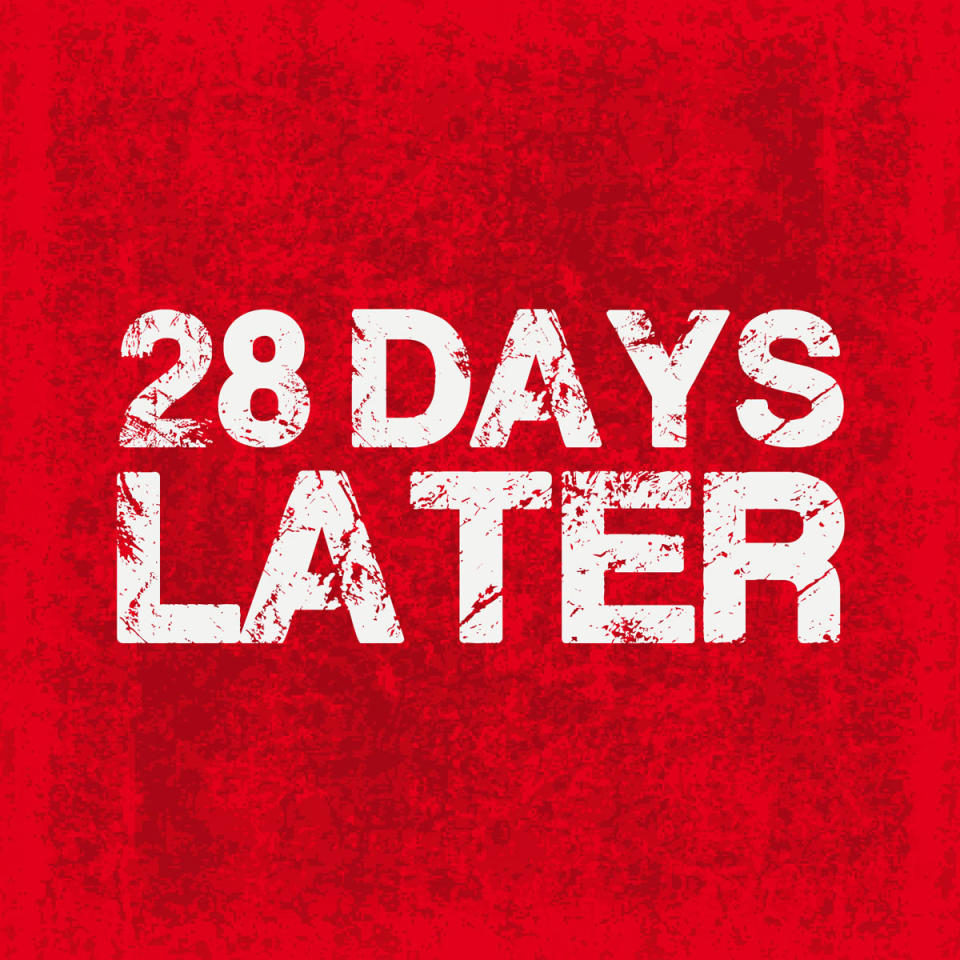
[John Murphy] also did less horrific movies like Lock, Stock, and Two Smoking Barrels and Snatch — he just recently did Guardians of the Galaxy 3. But his score for 28 Days Later — it’s gentle at times, but it’s also sort of murky and menacing. There’s a lot of dark electronic textures, with bursts of violent plodding, distorted guitar elements, and even some sort of melancholy themes with a cleaner guitar sounds. So it doesn’t sound like it’s completely possessed by demons, but it is dark and foreboding and menacing and fits that sense of of an abandoned world that you get from the film.
It’s not just an evil soup of sound, but when it needs to go dark and hard, it does it very well without piling on a ton of elements. He’s able to do a very minimalist arrangement with just a few sounds at a time and really conjure up the right emotion. I remember the first time I saw the movie, I immediately looked up who did it, so I could curse his name for being so good.
Brian Reitzell — 30 Days of Night (2007)
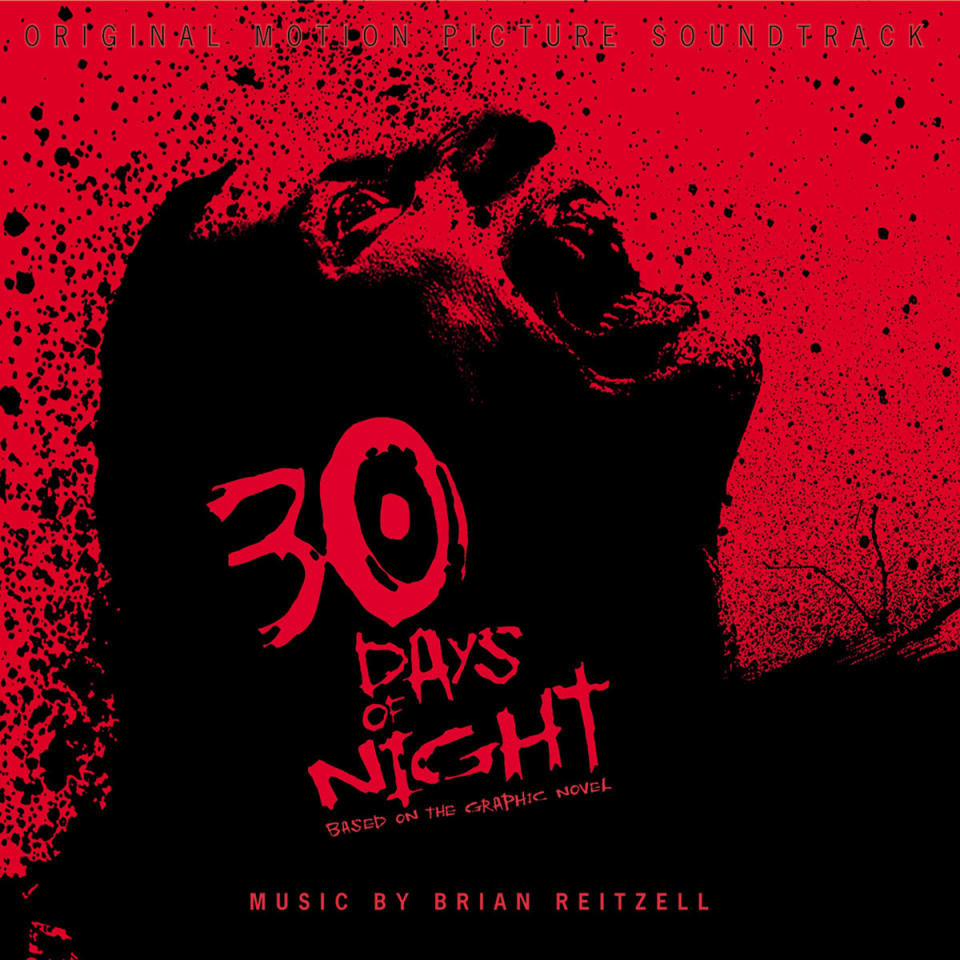
Another quasi-dystopian zombie-ish plot. Brian Reitzell also did the Hannibal TV series and a few other just really sound design-heavy scores, where the crafting of the individual sounds is expertly done — and it doesn’t sound electronic. There’s a lot of bowed metal sounds, which I’m a huge fan of, and dark textures, but overall it really conjures up the sense of being in Alaska, where the sun is not going to rise for another month. Everything is dark, and wherever the flashlight shines, it only reveals a tiny amount of information. The score mirrors that in a really great way.
Ennio Morricone — Exorcist II: The Heretic (1977)
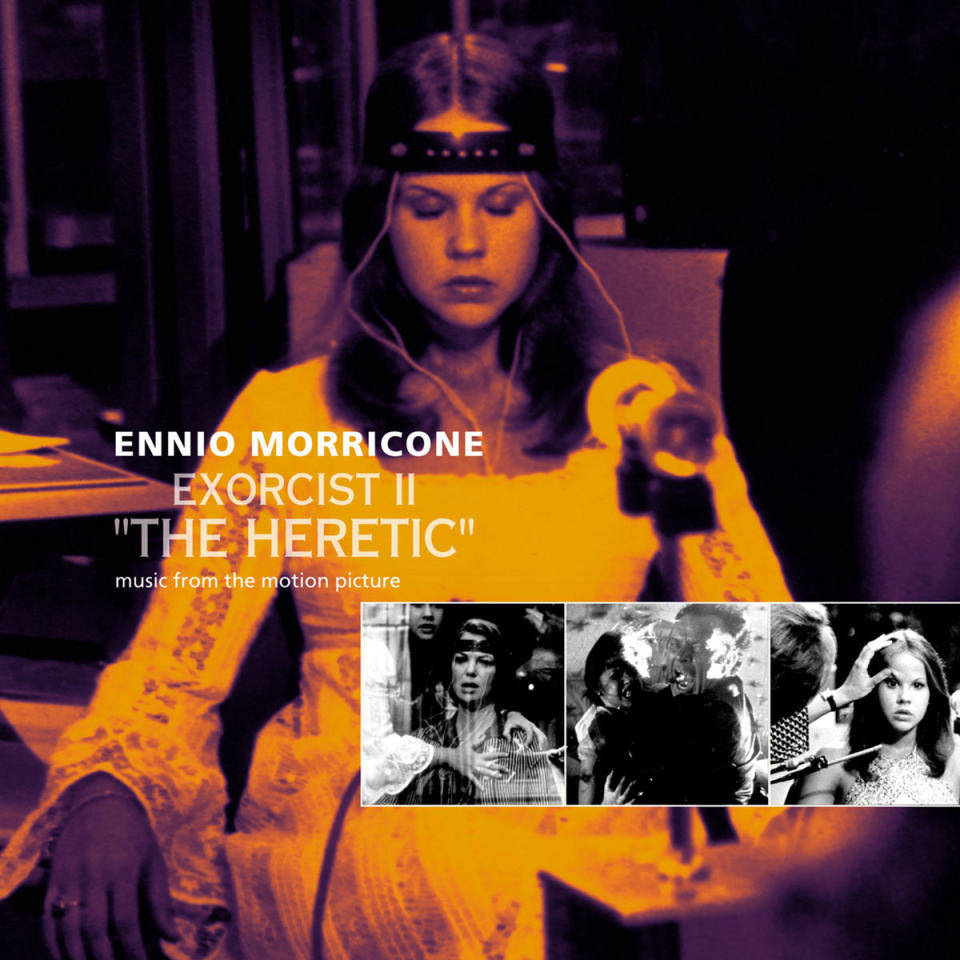
Now, everybody’s going to say, “Why didn’t you pick Exorcist I, with the Mike Oldfield ‘Tubular Bells’? It’s so memorable, it’s so thematic, it conjures up the whole world of the movie.” Yes, it does. Yes, it works perfectly. Yes, it’s amazing. We all know this. But everybody’s going to say that and it’s going to be their first answer to the question, so let’s go somewhere less obvious, you know?
I remember seeing Exorcist II: The Heretic — in the pre-franchise era, it didn’t get the love that the first Exorcist movie got, but the score is by Ennio Morricone, and it’s classic Morricone — those high, chaotic voices that he’s used in many of his Western scores. And it’s completely organic and acoustic. There’s no synthesizers, really, but the way he can use everyday sounds, much like Bernard Herrmann did, where it’s just strings and woodwinds and brass and voices and maybe a couple notes on piano or guitar…
The way in which he was able to combine those and create this terrifying landscape and it’s not a huge symphony orchestra, it’s like many of Bernard Hermann’s scores. It’s a small ensemble. You get the feeling they recorded in a small room. It’s not 80 violinists, it’s six or whatever. And I mean, Morricone is the, the, the maestro. So it’s no surprise that he’s able to execute a horror score expertly.
Jerry Goldsmith — The Omen (1976)
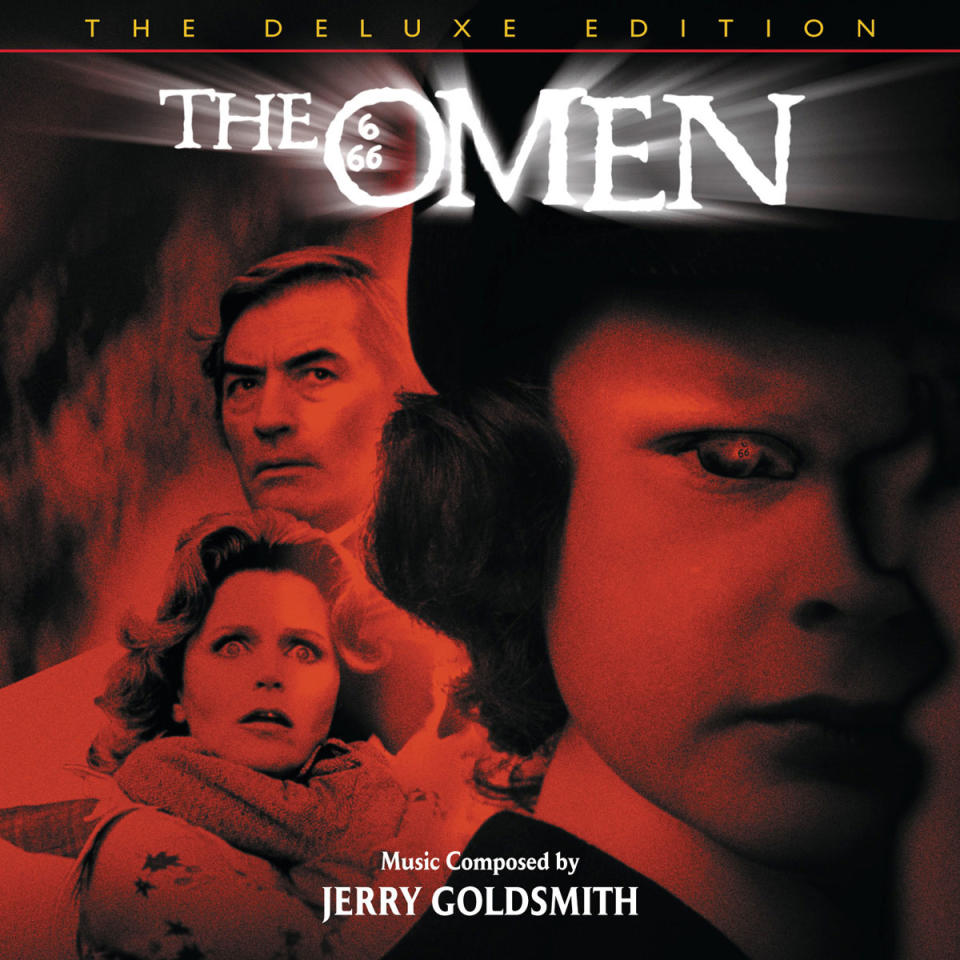
Jerry Goldsmith is a true master. I’ve loved so many of his scores in so many different genres. And I remember seeing The Omen as a teenager — that was a very eye-opening experience, because it has some elements that might be sort of predictable, in terms of the choirs singing in Latin, and those religious sonic elements that are brought into the music score. It almost sounds like a mass at the Vatican gone horribly wrong at times.
But Goldsmith executes it expertly. There’s not comedic, but just unhinged brass arrangements and atonal orchestral effects. And again, it’s not a huge symphony orchestra. It at times sounds like it’s fairly compact. Then you contrast that with the epic sound of these choirs singing in what sounds like a giant church, with singing in Latin. You feel like the Devil is entering the room on some of those pieces of music.
Reinhold Heil & Johnny Klimek — Land of the Dead (2005)
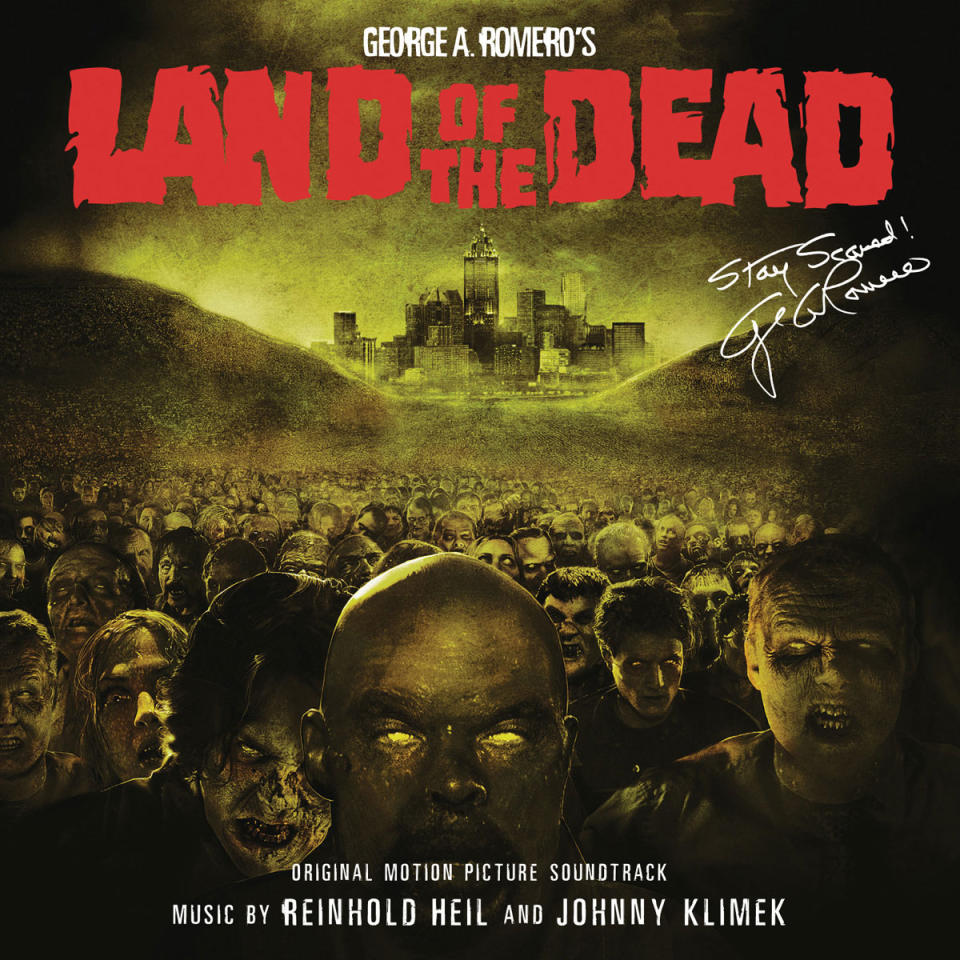
At one point, I saw a film called The International, with Clive Owen and Naomi Watts, and I thought the score was so amazing and so perfect. And I asked all my friends and my agent and everybody else, “Do you know these guys? Can you introduce me? I want to meet these guys, because I want to find out how this was done.” I eventually became friends with Reinhold after meeting him at a synthesizer trade show.
It sounds like [Reinhold Heil and Johnny Klimek] spent years on it, even though it’s very minimalist. It has a bit more electronics than some of these horror scores we’re talking about — there are some fairly obvious synthesizers, it’s not just an orchestra being put into a blender. It’s very menacing and still very dark and murky when it needs to be, but when there needs to be a sort of propulsive percussive element, it’s just really expertly and tastefully done. It’s not too big, but it still sounds intense. Pretty much everything that Reinhold and Johnny have done together or separately, I’ve really been a fan of. So, kind of an oddball movie, maybe not a lot of people have seen it, but Reinhold and Johnny’s work is fantastic.
Mark Korven — The Lighthouse (2019)
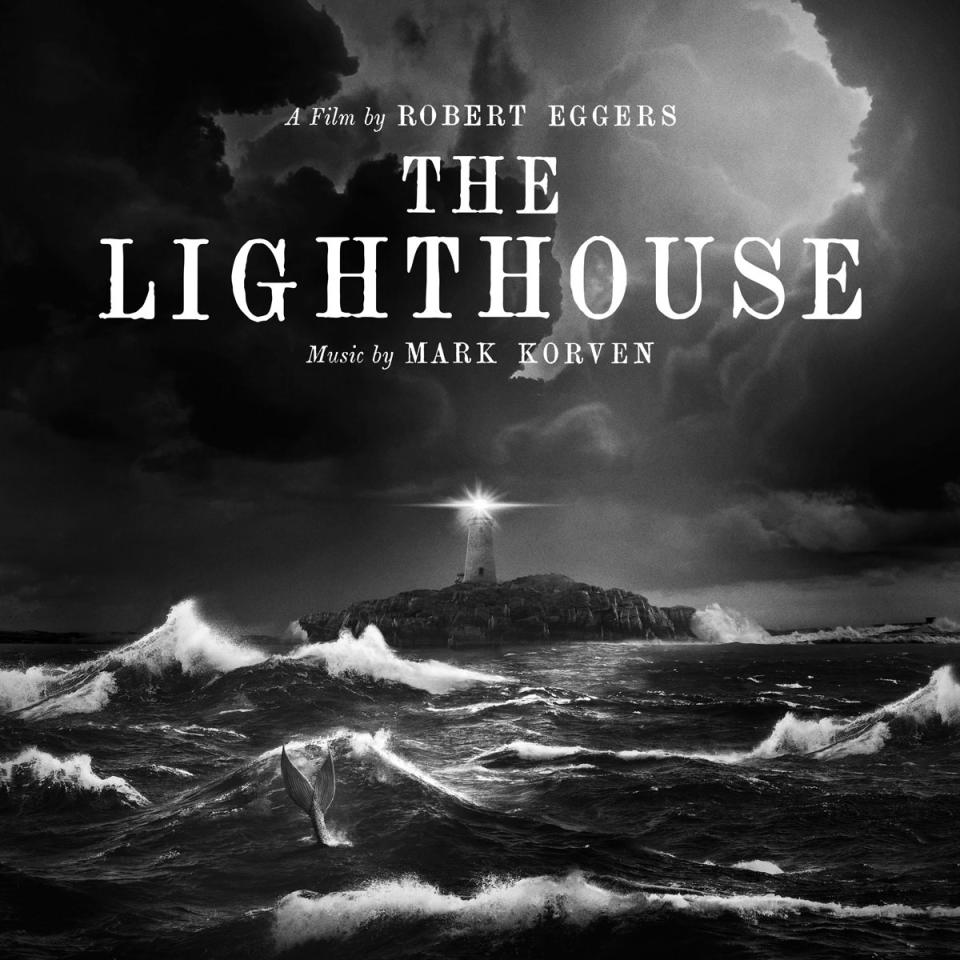
A fantastic movie. There’s only two people in the freaking movie, and the sense of claustrophobia and desperation in the story is perfectly encompassed in the score, which is super minimal. There are only three elements happening at any given time, but Mark’s ability to create sonic textures aren’t some far out synthesizer or some far out digital process. All of his sounds are very grounded in reality — there’s cellos and droning string textures, and it’s very organic and acoustic feeling, but still incredibly menacing, and follows Robert Pattinson’s characters arc perfectly.
Howard Shore — Videodrome (1983)
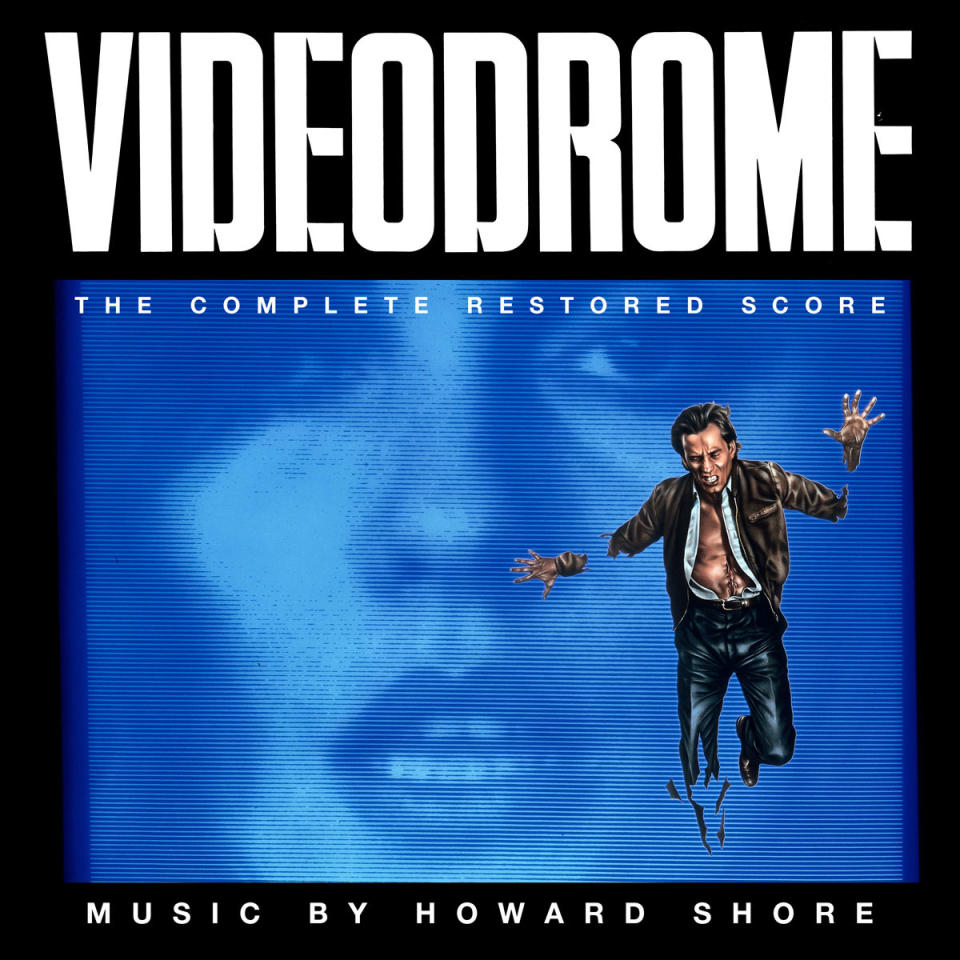
I remember seeing this movie when I was a teenager. That was in the pre-Max Headroom era, but the idea that television broadcasts were some evil force was attractive. Howard’s score is… By today’s standards, it might sound dated or retro, because there’s a lot of synthesizers of the era, which I think is him playing off the ’70s/’80s video element. Today we might consider that the sounds that he used belong in something like Stranger Things.
But they were very much of a piece with the times, and the story and the visual elements. As with most things that Howard Shore has done, it’s expertly handled and it’s never gimmicky. I couldn’t get away with using this type of sounds that he used in Videodrome, but he deploys them with such finesse that it doesn’t sound cheap or gimmicky, even though it would if I did it. Some of those sounds, to me, are tough to deploy. It really has to be the right context.
John Carpenter — Assault on Precinct 13 (1976)
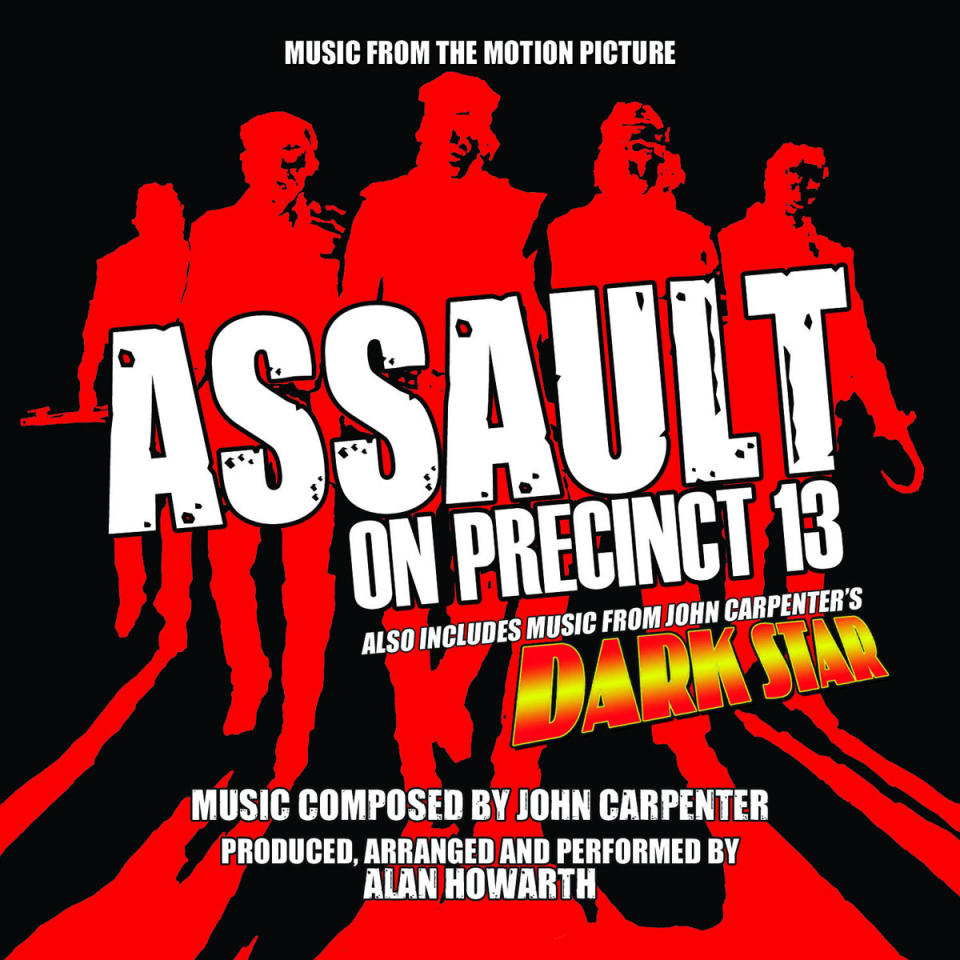
You can’t have any best horror scores list without including some John Carpenter. So that’s my John Carpenter pick. As with many of Carpenter’s movies, he did all the music himself and he did it cheaply and quickly. I remember reading at one point that he said, “Well, the score is only 26 minutes long because that’s all the time I could afford in a recording studio.” It’s very minimalist, but it still captures a lot of the elements that make John Carpenter scores so legendary and well loved.
It is thematic and musical, but it also has these cheap drum machines through distortions and reverbs that give it a kind of menacing, plodding feel. The sense that you get from some of those music cues with those little reverb-y drum beats from the drum machines is that the guys hiding in the bushes outside are getting closer and this is their footsteps. It’s a slow but relentless sense of menace, and again very eminently useful as a reference for how to deploy certain sounds that might be small or cheap and make them sound big and evil.
Danny Bensi and Saunder Jurriaans — The Outsider (2020)
They’re Jason Bateman’s guys — they’ve kind of done most of the non funny projects that Bateman has done — and they do amazing work in the minimalist mode, which is the opposite of how a Saw movie score is put together. All of their scores are super minimalist; if they need a sort of propulsive rhythm, it’ll just be distant thumping on a single tom-tom. There are no big epic stacks of instruments, and there’ll be these faraway whistling textures. In terms of density, it’s very small and at times almost gentle, but then their scores get super menacing and just dark and foreboding. [Watching The Outsider], it was like, “Oh, this music is amazing. Who did it? Oh, it’s those guys again.”
Jóhann Jóhannsson — Prisoners (2013)
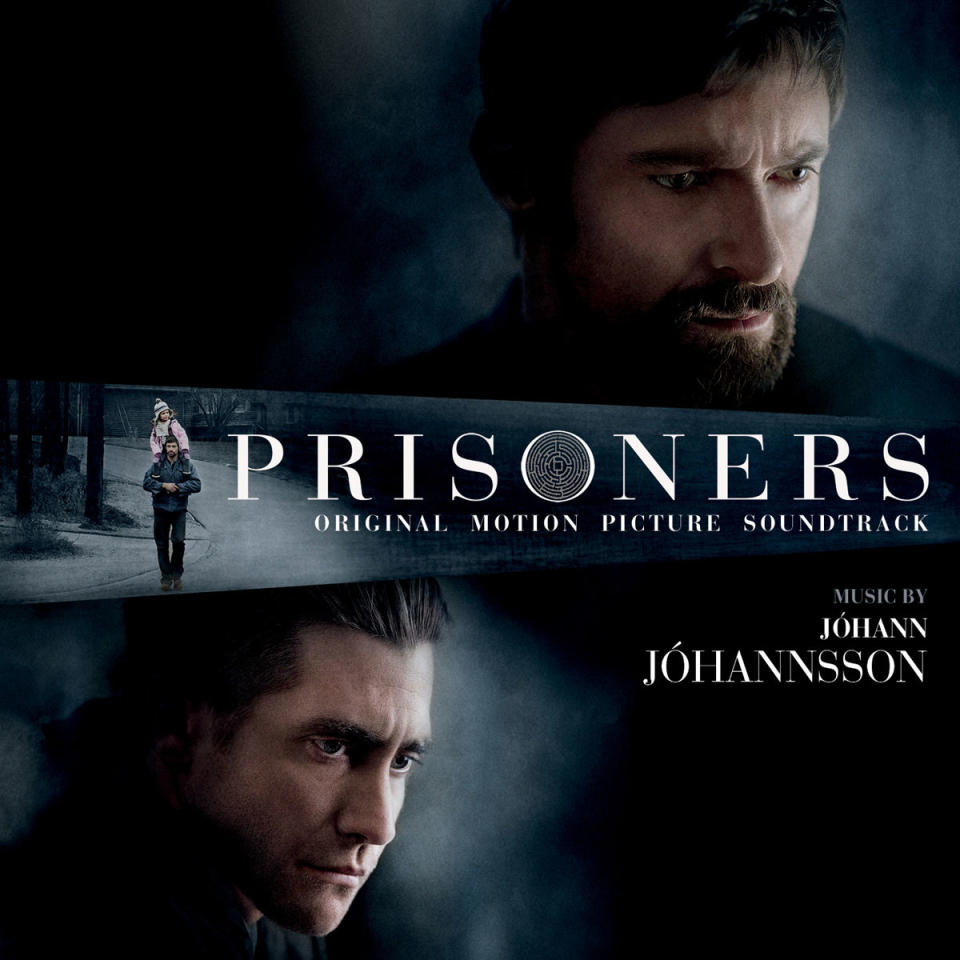
Prisoners
is amazingly murky and dark, with deep textural elements and a lot of these bendy sounds that have these pitch swoop elements to them, plus a little bit of evil choir and a few synthesizer tones just to add menace. It’s very hopeful and almost redemptive; there are redemption themes in some spots. But overall, it’s just super dark and really fits the story and moves it along perfectly.
Howard Shore — Se7en (1995)
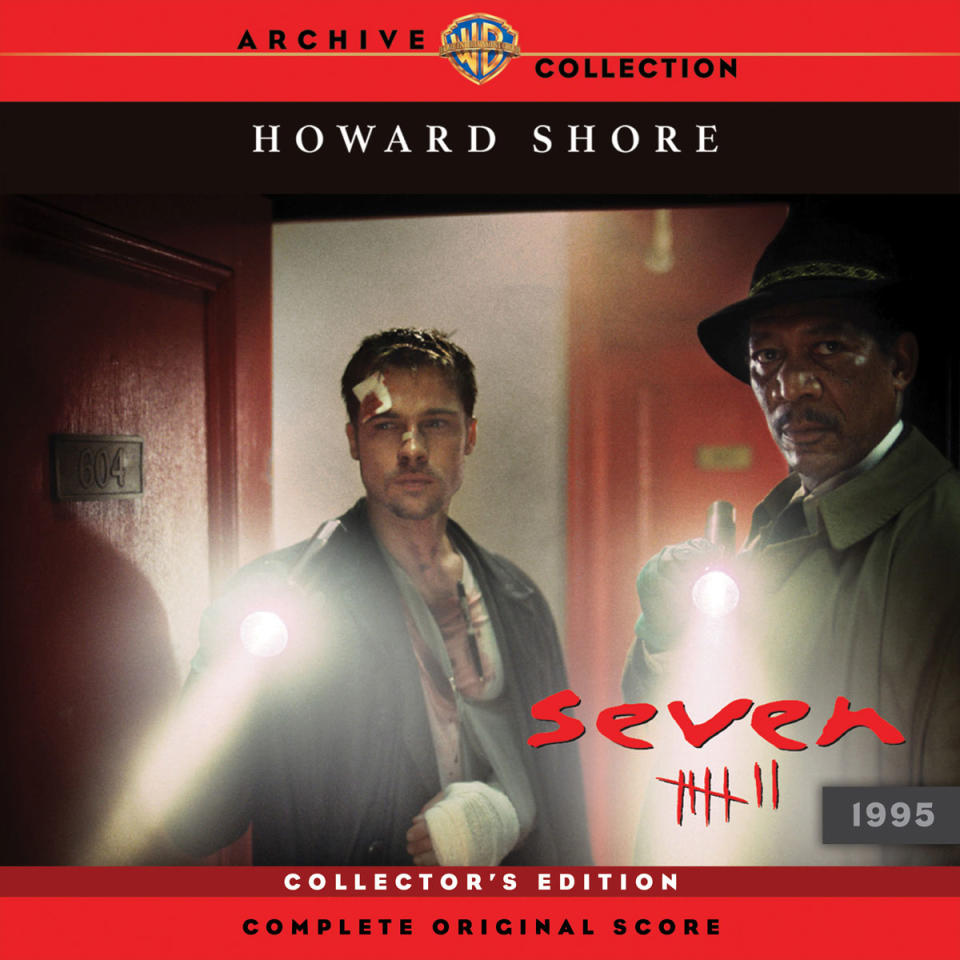
I hate to say it’s in second place, because it’s absolutely an 11 out of 10. You know, for such an intense movie, the score has almost no drums. It’s almost entirely brass, a little bit of strings. Just those menacing low dissonant brass chords swelling in and out, creating almost a heartbeat effect in slow motion. Absolutely perfect movie, absolutely perfect score. I often reference it as a way to build tension without bringing in the drums.
It’s no surprise that Howard Shore’s on my list twice — of course he deserves a place at the right hand of the greats for the Lord of the Rings trilogy and everything else he’s done. But for his career to span such a huge amount of time, from Videodrome up to the present day — he’s the man.
Wendy Carlos and Rachel Elkind — The Shining (1980)
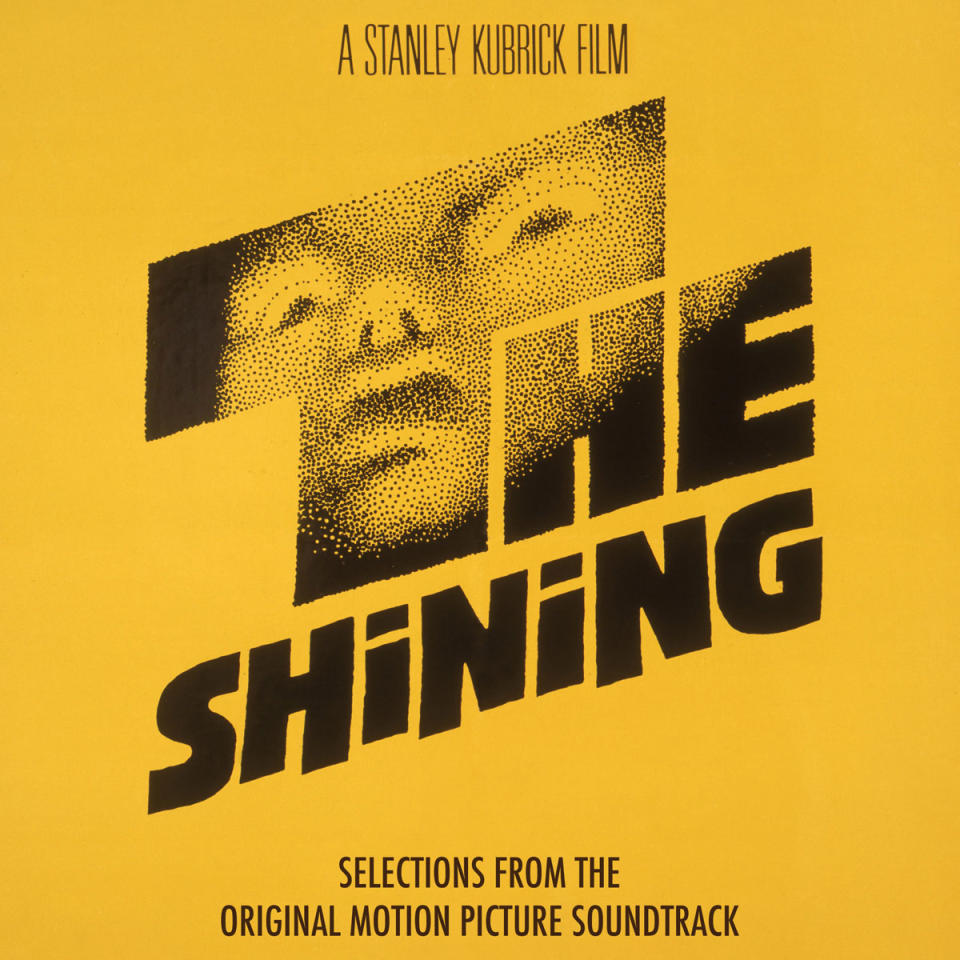
No surprise. I remember seeing this as a child, I was probably a pre-teen when it came out, and that was the movie that made me think, wow, there is something otherworldly and supernatural and important that can be done with music for a movie.
To me, it was such a contrast to the movie scores of the day, that were very melodic and thematic — probably most of them done by John Williams. Everything was melodic and hummable and almost had a pop song-like riff to it. But this music was deconstructed and disassembled. This music sounds like what’s happening inside Jack Torrance’s scrambled brain — those clattering violin effects and the atonal out-of-tune strings. I still reference those pieces of music that were used in The Shining, because they’re a perfect example of music that sounds like someone going mad.
That was my entree into looking up who did the music, and finding out the other work that they had done. And once that door to Bartok, Penderecki, and Ligeti was kicked open, it was all downhill from there.
Saw X is in theaters now.
12 Bloody Good Horror Movie Scores According to Saw Composer Charlie Clouser
Liz Shannon Miller
Popular Posts

